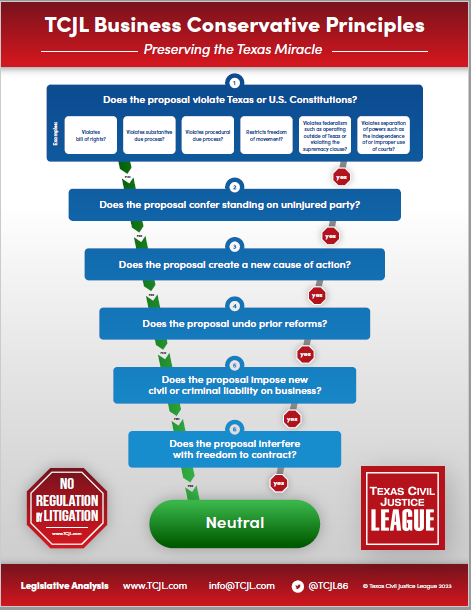 The Texas Supreme Court has taken a pass on whether to decide an issue of first impression: in a Tort Claims Act lawsuit, is a claimant’s service of process on the employee of a governmental entity, who the claimant knows is the entity’s employee, tantamount to service on the entity itself?
The Texas Supreme Court has taken a pass on whether to decide an issue of first impression: in a Tort Claims Act lawsuit, is a claimant’s service of process on the employee of a governmental entity, who the claimant knows is the entity’s employee, tantamount to service on the entity itself?
Texas State University v. Hannah R. Turner (No. 22-0291; May 3, 2024) arose from a personal injury action brought against the university, the university system, and university employee under the Texas Tort Claims Act. Plaintiff filed the lawsuit within a week of the expiration of limitations and shortly thereafter served the system, but not the university or the employee. The system filed a plea to the jurisdiction and disclosed in interrogatory responses that the employee worked for the university, not the system. Plaintiff waited another two years before serving the employee. The trial court then granted the system’s plea to the jurisdiction, which Plaintiff did not appeal. Not until May 2020, five-and-a-half years after filing suit, did Plaintiff get around to serving the university. The university duly moved to dismiss based on limitations and filed a plea to the jurisdiction and motion for summary judgment. The trial court granted the plea without ruling on the summary judgment motion. On appeal, the Austin Court of Appeals reversed, holding that § 311.034, Government Code, does not require a plaintiff to serve the governmental entity as a pre-requisite to suit. The university appealed.
In an opinion by Justice Young, SCOTX reversed and remanded to the court of appeals. First, the Court opined that the court of appeals erroneously interpreted the case using a “diligent service requirement” that does not exist. Instead, “[d]iligence in attempting service prevents the running of limitations for as long as a plaintiff truly labors to achieve service of process” (citations omitted). The proper inquiry, rather, is whether service was timely, which is determined in party by the plaintiff’s diligence in attempting service. This is a “fact-intensive” inquiry, “determined by examining the time it took to secure citation, service, or both, and type of effort or lack of effort the plaintiff expended in procuring service” (citation omitted). As Justice Young pointed out, a plaintiff must have a good reason for delayed service, especially if, objectively speaking, service should be relatively easy.
Even so, the Court went on, § 311.034 requires a claimant to fulfill certain statutory requirements before bringing suit against a governmental entity, while § 16.003, CPRC, requires suit to be brought not later than two years after the cause of action accrues. Thus the question became whether service of process is jurisdictional, i.e., does “bringing suit” within two years mean filing and serving the suit within two years. The Court answered in the affirmative, holding that § 16.003 was jurisdictional under § 311.034, and that it includes timely service. The Court then turned to whether the university’s plea to the jurisdiction “properly raised the issue of limitations” (as opposed to a summary judgment motion). Here Plaintiff did not explain why it took her 43 months to serve the university and, consequently, did not establish “diligence in service.” The Court, however, declined to consider “in the first instance” her argument that service on a university employee constituted service on the university. Instead, it kicked the issue back down to the court of appeals for full briefing and consideration of that issue.
For Tort Claims Act enthusiasts, this is a really important case of first impression. Though the Austin Court of Appeals is going to get the first crack at it, eventually SCOTX will have to decide if service on an employee who the plaintiff knows is an employee of a governmental entity constitutes service on the entity itself.












